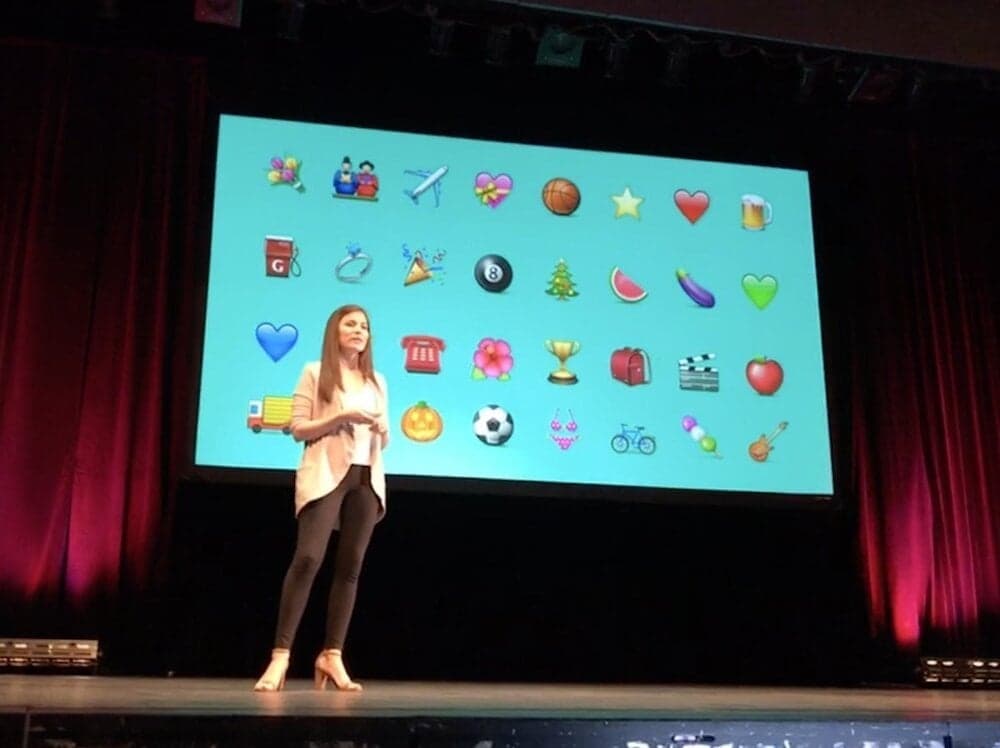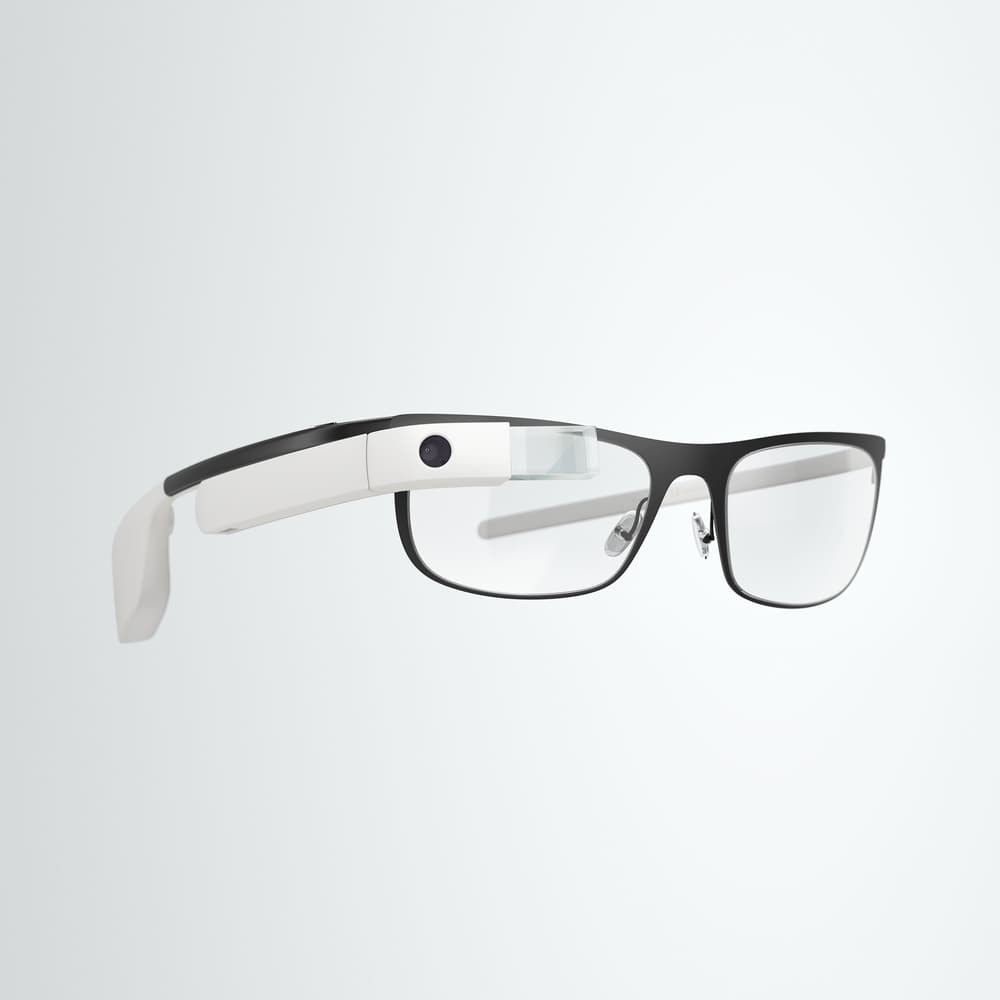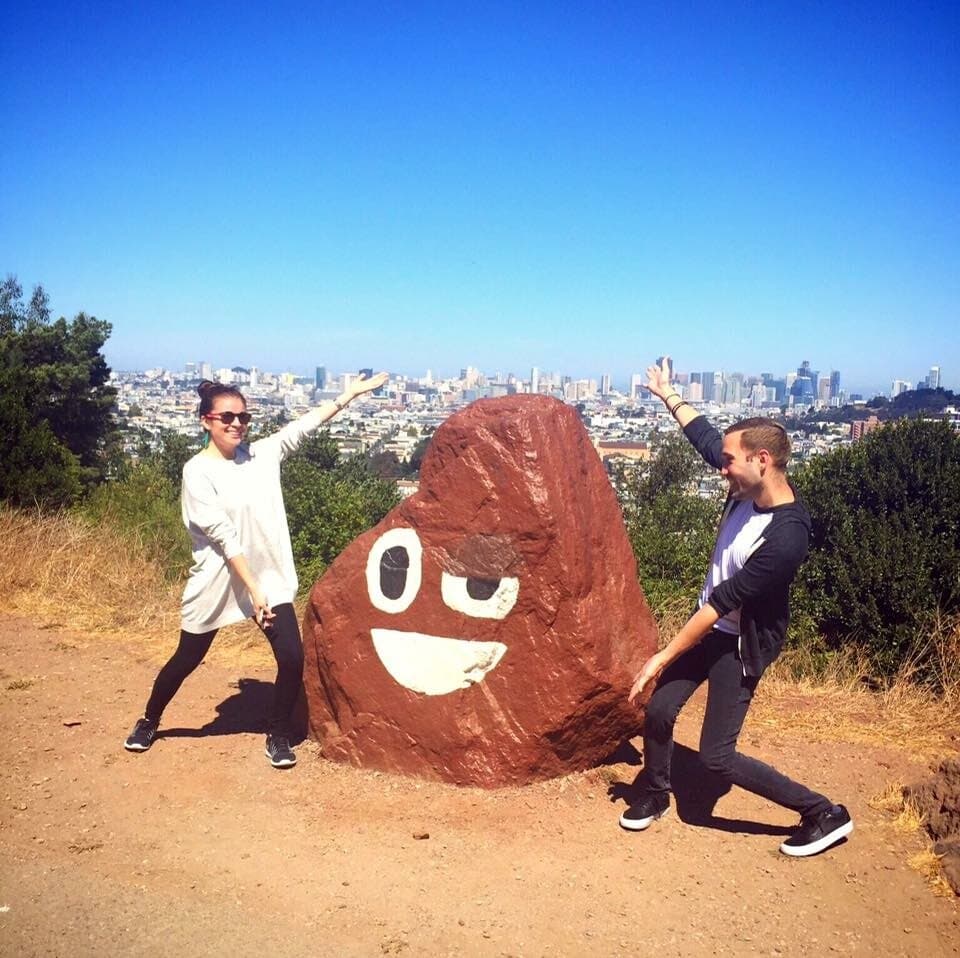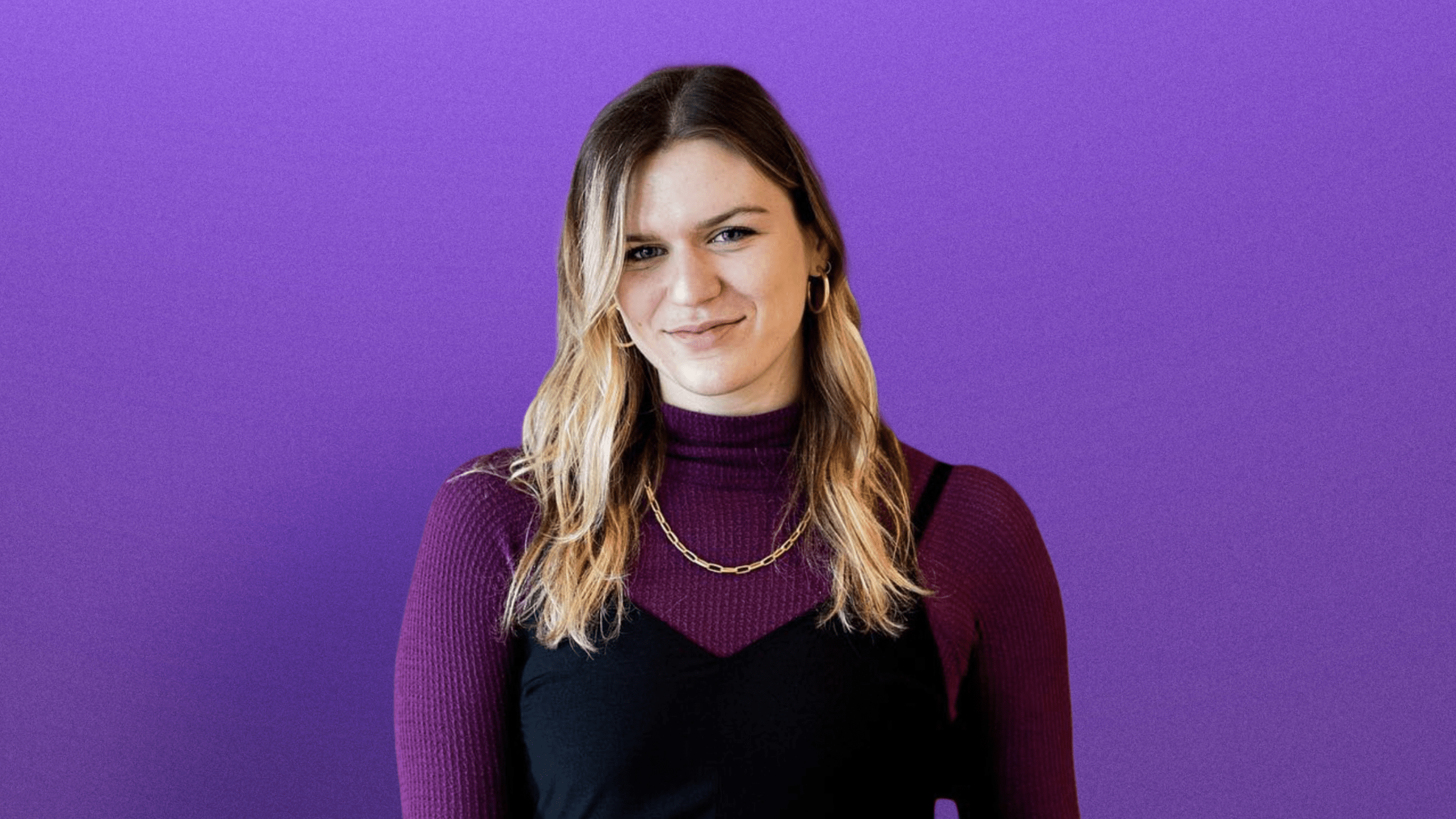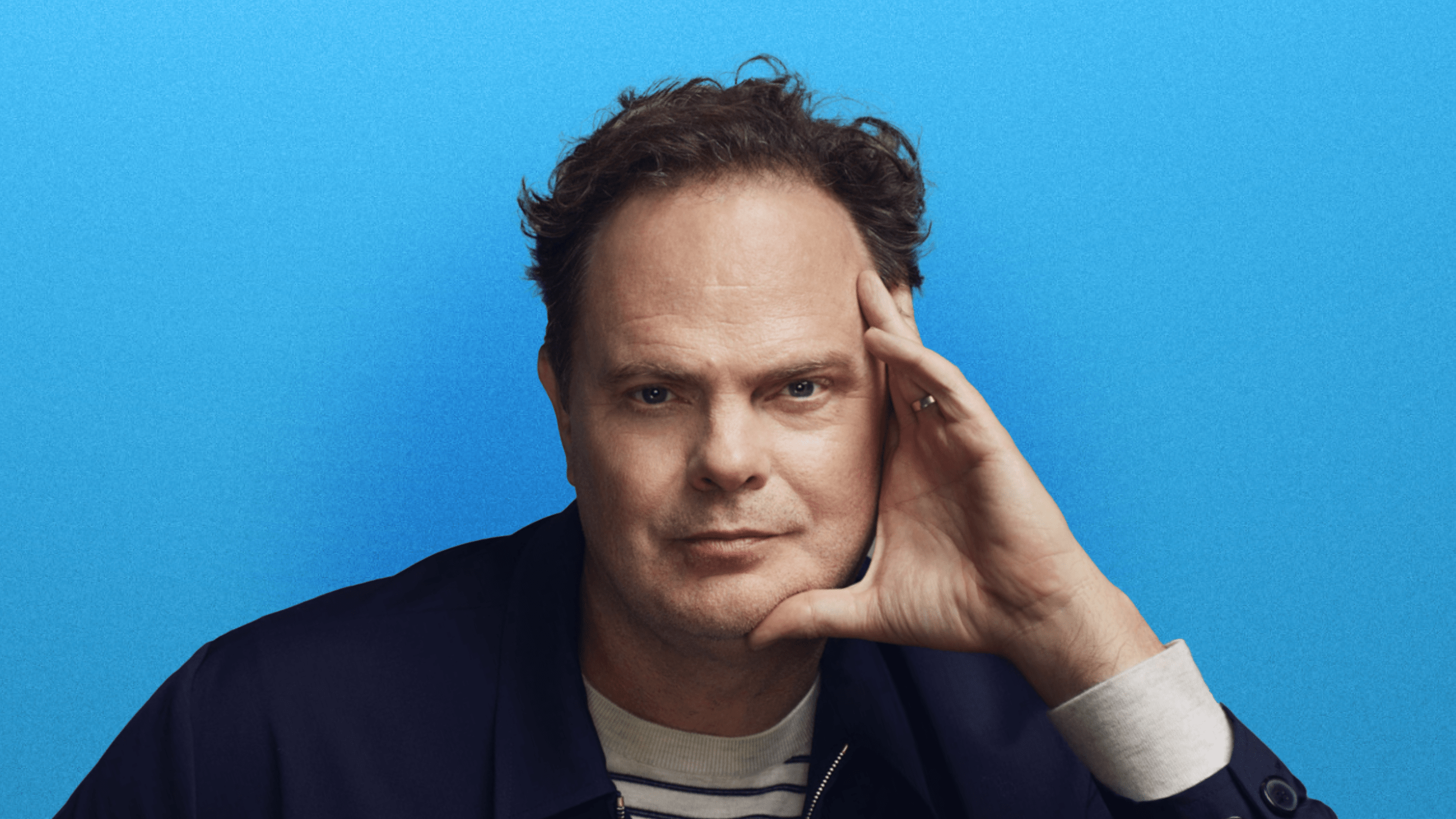To Celebrate World Emoji Day, we chat to Apple emoji designer Angela Guzman about the weird and wonderful world of emoji design.
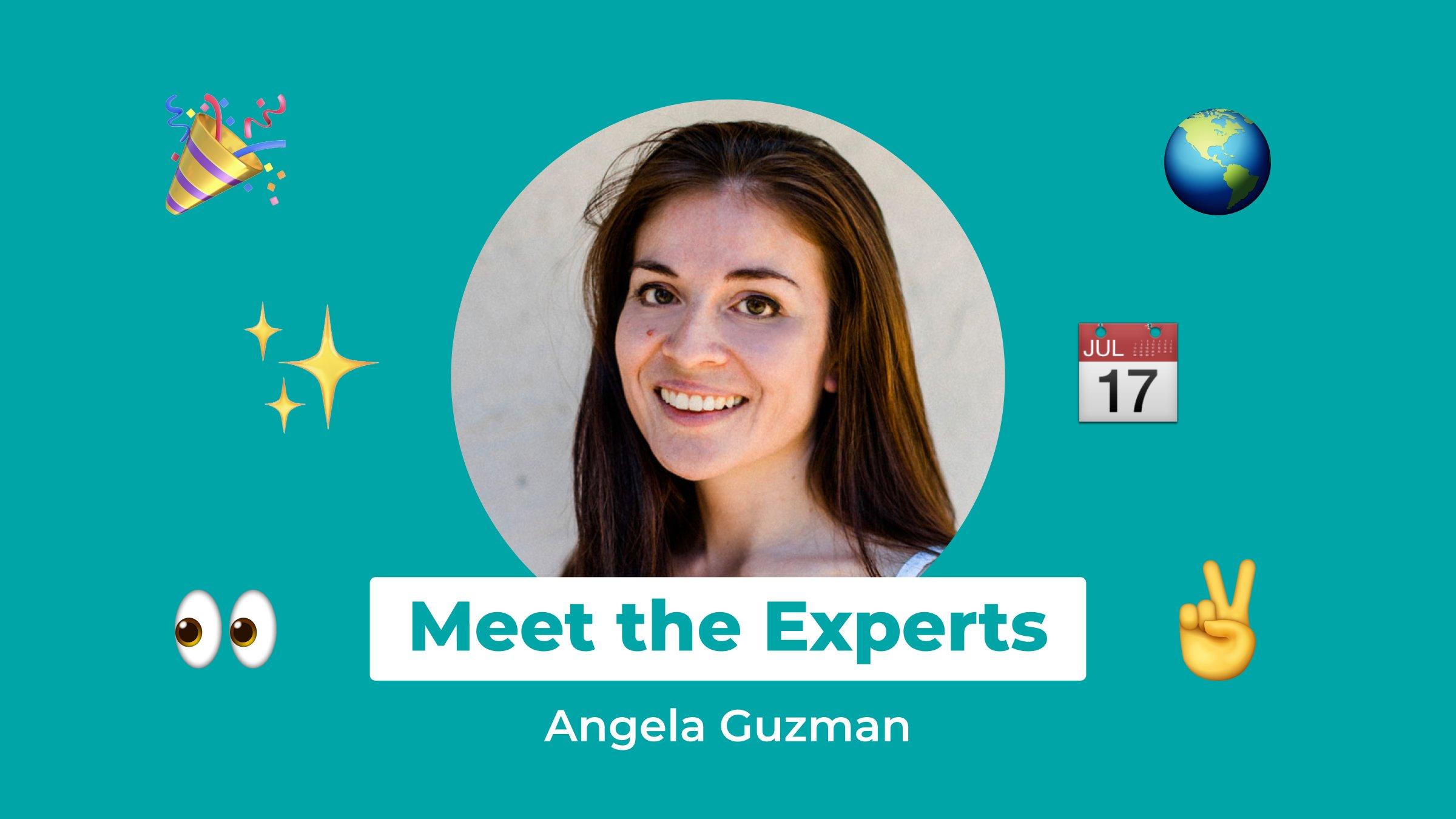
Over the last decade, emojis have become a key way of communicating for many. Evolving from simple smiley faces and thumbs up to complex designs such as tacos, mermaids and even flaming hearts, emoji design has expanded well beyond messaging apps and social media. The renowned little icons have seeped into mainstream graphic design, web design, fashion, marketing and advertising. In fact, emojis have become so popular that since 2015 there’s even been a dedicated World Emoji Day to celebrate them.
How Are Emojis Used in Design?


Colorful, playful and universally understood, emojis evoke a sense of fun and simplicity. When it comes to design, they’re great for replacing text, adding instructions or an eye-catching visual element – plus, they’re quick and easy to understand. Emojis have become so well-loved that they’re now commonly used across a range of platforms – including websites, apps, newspapers – as well as in the design and marketing of a wide range of brands from the Commonwealth Bank of Australia and the World Wide Fund for Nature, to Sephora and the Huffington Post.
One reason why emojis work so well in design is because they tap into a key design principle – repetition. Due to their recognizability, emojis allow designers to employ sense of familiarity – making your brand or visual identity immediately identifiable. Whether you want to declutter your design, reduce blocks of text, or simply make your work more relatable, there’s no denying that emojis are a fun, easy and incredibly useful modern design element.
With World Emoji Day just around the corner (Fun fact: July 17th was chosen for World Emoji Day as it’s the date famously displayed on the Calendar Emoji), we thought it was time to dive into the wacky world of emojis. And who better to take us on this journey than the one of the original designers of Apple’s emojis?
Meet Apple Emoji Designer, Angela Guzman
Back in 2008, Angela Guzman graduated from the Rhode Island School of Design and started an internship at a little company you might just have heard of – Apple! Her first and only project was to create a fresh set of 500 “emojis” – a term that, at the time, she had never heard of before. Little did she know that this seemingly simple design project would turn out to change her life, career and the future of emojis forever. After co-designing the original set of Apple emojis, Angela went on to work as a part of Apple’s Human Interface Design team, contributing to the conception, design, and development of the iPhone, iPad, and Mac interfaces we know today.
Thirteen years later, Angela is a super successful UX designer, entrepreneur and business owner working in Silicon Valley alongside other tech leaders. Having previously worked with Google, Airbnb, and, of course, Apple to name a few, Angela is now the founder and CEO of her own startup Tijiko – a personalized digital coaching platform.
We were lucky enough to sit down for a chat with Angela to learn all about her experience co-designing the first Apple emojis, how emojis have evolved from then to now, and her best words of wisdom for aspiring designers…
Hi Angela! Can you describe yourself in emojis?
👦 👧 🖥️ 🤣 I’m a mom to an incredible kiddo, a designer and entrepreneur who’s always up for a good laugh.
What’s your background and how did you get into design?
I was born in Bogotá, Colombia. I moved to the United States at the age of eight, not speaking a word of English at the time. Due to the language barrier, it was impossible for me to communicate with others. For this reason, I started to draw. This got me really interested in art and design, eventually leading me to study it as a college student. I ended up going to the Rhode Island School of Design (RISD) – one of the top art and design colleges in the world – where I got a BFA in Industrial Design and an MFA in Graphic Design. Several tech companies happened to be looking for interns while I was in grad school, and after hearing from a few engineering friends at Brown University, I went to a recruiting event for Apple. I met an amazing recruiter there, got to interview with the iPhone design team at Apple (just a year after the first iPhone launched), landed my first paid internship, and the rest is history!
How did you end up designing emojis for Apple?
I ended up designing Apple’s original set of emojis during my internship. This was my one and only intern assignment. It was the summer of 2008, and although I had no idea who was on my team or what project I would work on, I was really excited to be in Cupertino, California. One day, I was asked to draw a bunch of emojis. Although I had no idea what an emoji was (as this term wasn’t globalized then) I gathered up the courage to simply ask “what’s an emoji?”. They quickly explained what it was, and I was told that I’d be paired with a “buddy” who was essentially a mentor. He taught me a lot, and between the two of us, we created nearly 500 of the original emojis that shipped on the iPhone.




What was the creative process behind designing emojis for the iPhone?
It was a very organic process. My mentor taught me the technical know-how, but the rest of the details were really up to us to depict. I could choose which type of dress to draw, as well as the color or shape. The key goal was making them feel like a visual family—like they were drawn by a single individual with all the Apple qualities. Since we had so many to draw, the process was fast but meticulous.
How have the design and concept of emojis evolved from then to now? And what role do you think emojis play in modern design?
Emojis have evolved throughout the years, but I think the core of their visual identity still remains intact. I can recognize a lot of the details I drew in today’s emojis. On the other hand, it’s super fun to see how they’ve gone from being a flat image to Animoji versions of people.
Emojis play a significant role in modern day design as they can connect anyone, anywhere, anytime. I think this is key in today’s world, as we can be thousands of miles apart but only a text away. It really doesn’t matter what language you speak, an emoji can easily translate a gesture or emotion that words alone cannot. It’s like a hug you give someone when saying “hi”. I think that the more personalized emojis become, the more significant they become.






















Which emojis were your favorite to design?
Some of my favorites were the party popper, the Christmas tree, the set of hearts, the engagement ring, and the blue dress. The story of the blue dress stands out as it touches on some personal anecdotes. I based the design and color on a design that my sister had made in real life. She had created a blue dress – the same blue dress I drew as an emoji – a few months before my internship. When I chose to draw a dress, my sister’s was the first one that popped into my mind. She learned about this many years later, and still uses this emoji everywhere.
How did being a part of Apple’s Human Interface Design team change the direction of your life and career?
Being part of this team totally changed my life and career. I’m a firm believer that things happen for a reason, so me being part of this team – a rather small team at the time – was very meaningful. I got to work alongside the best designers in the world (who happen to be incredibly humble) when I was just out of college. Keep in mind, this was my first job EVER. So learning from everyone there was a wonderful experience.
A few months into my job, I recall getting my first bonus because Steve Jobs called my director and told them how excited he was at the redesign of an app I had done. For a young Latina designer with no connections to the tech scene prior to arriving in Cupertino, my time at Apple was incredible. It opened so many doors, and I still talk to the friends I made there on a regular basis. Honestly, I wouldn’t change anything about my journey to date.




Aside from designing emojis, what other things have you accomplished in your career? Do you have any exciting design projects on the go at the moment?
In my career, I’ve had the opportunity to work on a handful of platforms and applications that billions of people use around the globe. For example, I was the sole designer of the original FaceTime integration on Mac. I’ve also contributed to iMessage, Mail, Photo Booth and several accessibility features like Dynamic Type—all while at Apple.
Later at Google, I worked on Google Glass and was part of the original team of designers on Google Assistant. I think one of the highlights of my career so far has been launching my own startup, Tijiko, which is centered around helping people.
As a solo female founder, I think starting my own company has been one of the toughest decisions to date, and one that has brought me so many new experiences that I’ve enjoyed greatly. I’m also currently working on my first ever children’s book. Although it’s early in the process, I’m really excited about the project.
We know you mentor young designers – what’s the best piece of advice you received when you were starting out? What do you wish you could tell your younger self?
The best piece of advice I received would have to be to design for everyone – from a three year old to their cool grandma. One of my first design managers mentioned this to me, and I’ve sworn by it ever since. It’s turned out to be very helpful advice when designing digital interfaces.
I wish I could tell my younger self, “Girl, you’re not alone!” While this may seem a little out of context, the truth is that – during my early college years – becoming a designer was not easy. I lost my dad when I was seven and my mom when I was seventeen. This changed my world, especially the loss of my mom just a year before completing high school. So when I went off to college, I was unsure about being completely alone. I was far from my sisters and in a new city that I had never been to before. Looking back, I would have told myself that it was going to be okay. Fast forward to now, I’m happy to report that – although it took me a couple of semesters to adjust – I am so proud of pushing through and doing really well in college. As I often say in my talks, it’s about being fearlessly forward.
You led UX Diversity and Inclusion efforts within Google’s Search organization – what does diversity in design mean to you and which brands do you think are leading the way?
Kicking off and leading a UX diversity and inclusion initiative has been a really special milestone in my career. In my opinion, diversity in design means combining open access to anyone anywhere – the hiring and retaining part – with the intent of creating more inclusive experiences – the product part. Everyone, regardless of where they come from, brings unique perspectives to the table when it comes to design. For this reason, the output is more authentic and encompassing of the actual users who use the products we make.
As far as which brands are leading the way, it heavily depends (based on my definition of diversity in design) on how they find, hire and retain diverse talent. What I can say is that, at Tijiko, my team is made up of talented people from all over the world. From multiple parts of the US, Colombia, France, India, Thailand and Australia. I’ve been lucky to connect with them, sometimes meeting in person pre-pandemic, and brainstorming together. This has allowed us to make our platform more representative of those who use our product, and also find unique ways to create a competitive edge in regards to the services we provide.
What’s it like working in Silicon Valley? Give us the goss!
For me, it’s been a great place to learn from super talented colleagues, build an extensive network, cultivate lasting friendships and live surrounded by amazing sights (from the Pacific coast to the simplicity of my sunny backyard). Additionally, this part of the world attracts global talent so the other added bonus is how I’ve had exposure to many cultures and experiences (like taking samba classes in San Francisco to eating all types of foods around the South Bay).
On the flip side, it’s not always butterflies and rainbows, as you have to love what you do otherwise you can easily burn out. So, if you are able to balance the things you love with the things that help you get there, you may really fall in love with this region.
Tell us about Tijiko! What is it, what’s your mission and how did it come about?
Tijiko is a personalized digital coaching platform. Think YouTube but with an experience totally tailored to you and not the millions on the internet. Tijiko connects you with expert educators who will help you expand your knowledge in a variety of categories.
I started Tijiko because I wanted to focus on three areas: push the communication design space that I’ve worked in for over a decade, bring a human touch to technology, and most importantly, help people. Through Tijiko, we are able to put local experts from remote areas onto a global stage, helping them to generate income and expand their reach. It’s a win-win situation, as our users also get to learn first hand from authentic educators. My ultimate goal, prior to starting Tijiko, was to blend what I’m good at and what I love, with what we could all benefit from (also known as “Ikigai”, a Japanese term). This all started prior to the pandemic, so it’s been a rollercoaster of learnings and experiences since our initial beta launch.
What’s been the biggest learning you’ve had as both a business owner and a designer?
Since starting my business, my biggest learning has been how to manage multiple areas of focus. Prior to becoming an entrepreneur, I thought I had this area down to a ‘T’, but shortly after managing a diverse team of engineers, designers, marketeers, and everyone else who has contributed towards the development of a startup (legal, accounting, etc), I realized there was still a lot of learning to do. Once the pandemic hit, this went into overdrive. I’ve learned so much more about how to pace myself, how to push forward during a really tough time (thanks to Covid), and how to keep the enthusiasm and collaboration alive across the group of people who have shaped Tijiko in one way or another.
Since becoming a designer, my biggest learning has been to truly place yourself in the user’s shoes. In simple terms, it’s just empathy. If you know how to be empathetic, you can design great experiences. If you don’t, you probably need to rely heavily on user testing. I’m not saying the user testing should be limited to this, as it often brings a lot of helpful information with it. What I’m saying is, when you start to create an experience, you will be more successful if you know how to be empathetic.
Any words of wisdom for emerging designers who want to turn their passion into a career?
Just do it. Seriously! Create your own circle of mentors, even if you can’t reach them directly. Find designers who you admire, look deeply at how they produce their work, and how they start and finish projects. Try to do what they do during your experimentation phase, until you find your own style and rhythm. Then, just run with it. And don’t be shy about reaching out – thanks to social media you’d be surprised to know how many people are willing to connect with you.
We hope you enjoyed this interview with emoji designer Angela Guzman. While you’re here, check out our Q&A with video editing expert Premiere Gal, or read up on our Graphic Design Trends for 2021!




